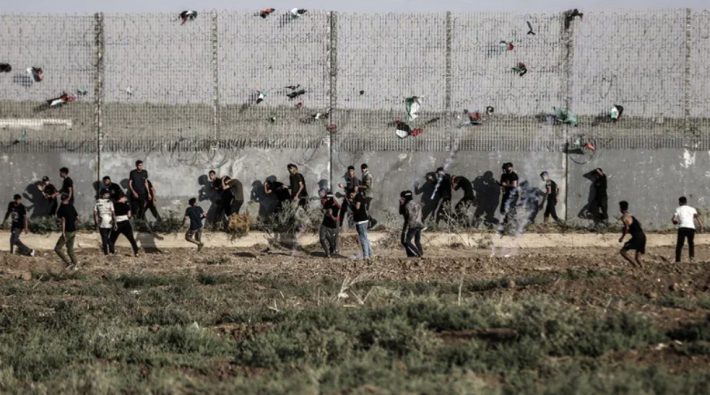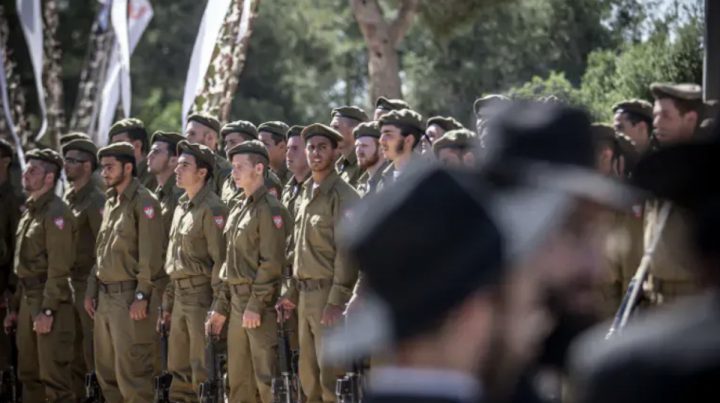While Israel focuses on Gaza, its military is dangerously unprepared for a multi-front war against Iran, Hezbollah, and other mounting regional threats.
In a region defined by volatility and ever-shifting alliances, Israel faces a growing storm of military threats—but its armed forces are dangerously underprepared.
Despite tactical wins against Iran or Hezbollah in the past, those victories offer no guarantee for future conflicts. According to confidential admissions from senior IDF officers—from generals to field commanders—the military was caught off guard by the “Iron Swords” war, and has already sustained a strategic loss in its battle with Hamas.
🔥 A Multi-Front Crisis Taking Shape
Hezbollah: Resilient and Ready
Hezbollah remains a formidable threat. With hundreds of kilometers of underground tunnels and vast weapons stockpiles, it recently launched daily rocket barrages exceeding 100 per day before a ceasefire. Concerned it may join Iran in future warfare, the IDF has positioned an entire division along Israel’s northern border.
Syria: A Power Vacuum Filled by Jihadists and Turkish Forces
Hopes that the fall of the Assad regime would reduce Iranian influence have backfired. Today, jihadist militias and Turkish units operate across Syrian territory—posing greater threats than Assad’s regime ever did.
Jordan: A New Front Emerges
Along Israel’s 300-kilometer Jordanian border, Iranian-backed guerrilla cells are gaining ground—threatening to turn the quiet eastern front into an insurgent flashpoint.
Egypt: Unspoken Tensions Simmer
Israeli intelligence warns of Egyptian military preparations for a potential confrontation. Yet the IDF, already stretched thin, lacks the manpower to counter a threat of this scale.
Judea and Samaria: The Unstable Core
Internally, Judea and Samaria remain a ticking time bomb. The IDF currently lacks the ground forces to effectively control or respond to flare-ups in this volatile region.
⚠️ Ground Forces in Decline
The IDF’s ground capabilities are crumbling. Their failure to decisively neutralize Hamas reveals a deeper, structural weakness. Troop shortages, outdated force structures, and dwindling morale point to a system-wide erosion.
Meanwhile, Iran—supported by China and Pakistan—is advancing rapidly toward regional military dominance.
🛰️ Foreign Powers Fuel Iran’s Rise
China’s Role:
- Ammonium perchlorate shipments sufficient for hundreds of missiles.
- Advanced components for UAV and missile production.
- A military alliance with Iran dating back to the 1980s.
Pakistan’s Involvement:
- Through the AQ Khan network, Pakistan helped transfer centrifuge designs and nuclear expertise to Iran.
- Despite international pressure, covert support continues.
- Following the 12-day Israel-Iran war, Pakistan pledged to replenish Iran’s missile stockpile.
🧠 Strategic Blindness Amid Present Battles
As Israel remains entrenched in Gaza, it is dangerously neglecting broader strategic preparations. Military readiness for the next large-scale, multi-front conflict—possibly involving Iran, Hezbollah, Syria, and terror proxies—remains woefully inadequate.
This is not merely a matter of opinion. These warnings are backed by classified assessments and off-record admissions from within the highest ranks of the IDF.
🛑 A Wake-Up Call Before It’s Too Late
Without a dramatic shift in defense policy, force restructuring, and long-term strategic vision, Israel risks facing its next war underprepared, outnumbered, and overexposed.
Failing to act now could leave the nation tragically vulnerable—and history will not offer second chances.





